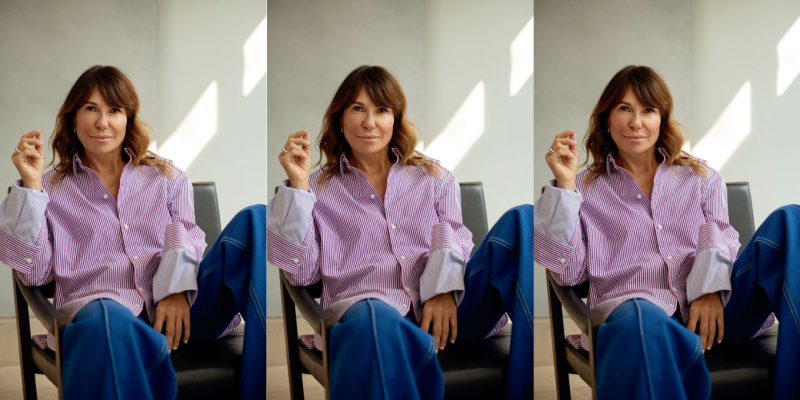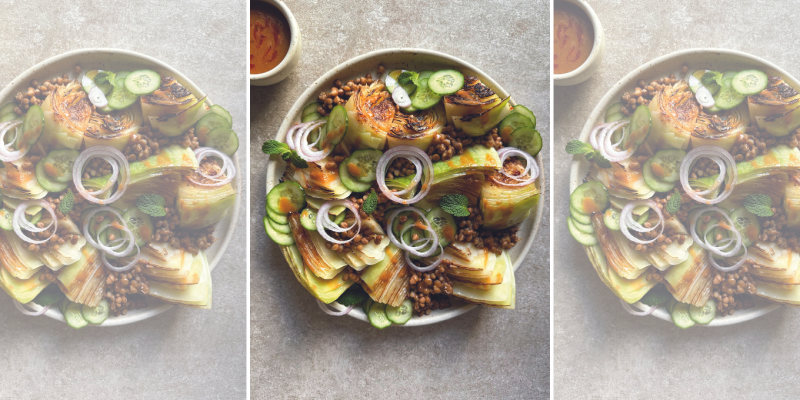Society
A New Ice Age
For the love of the game and future cohorts of young women, three national hockey players are dropping their gloves to fight for equality.
by : Caitlin Stall-Paquet- May 13th, 2021
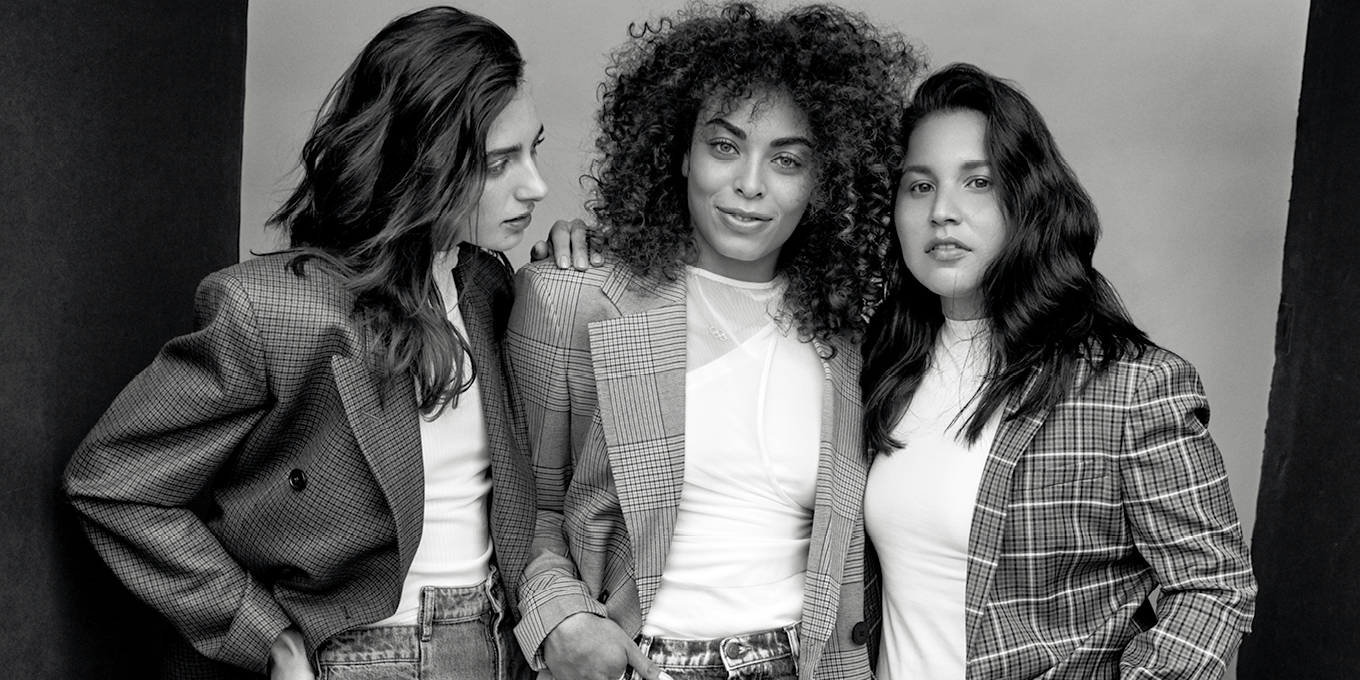
TED BELTON
After about 20 years in the game, playing both recreationally and professionally, Sarah Nurse, Hanna Bunton and Brigette Lacquette are ready to see major changes and more opportunities for higher-level women’s hockey. These Team Canada athletes—who consider themselves hockey players without the word “female” or “women” tacked on—are familiar with adversity, from experiencing discrimination to having to prove themselves in a male-dominated sport to seeing their season go on pandemic lockdown leading up to tryouts for the 2022 Beijing Olympics. COVID-19 also slowed the momentum of the Professional Women’s Hockey Players Association (PWHPA), which had been gaining recognition since its inception in 2019. The organization had support from many NHL teams and was finally starting to offer new opportunities, beyond the Olympics, for women to play—including events like the Secret Dream Gap Tour, which showcases games across North America with some of the top players. The Secret brand paired up with the PWHPA to help support and highlight the importance of the game to a future generation of players and fans. There’s no doubt that the PWHPA will be back in force, though: the association spells much-needed change in the sport. This shift has been brought about thanks in large part to the passion of players like Nurse, Bunton and Lacquette, who continue to show up displaying self-reliance and a pay-it-forward attitude that permeates the female side of the sport. Whether they’re working side jobs, doing their own social-media promotion or looking out for the next generation to lace up their skates, these women are working toward a future of fair play.
“Though women's leagues are starting to get more media coverage, there's a long way to go as the lion's share of airtime still goes to male teams.”
Sarah Nurse
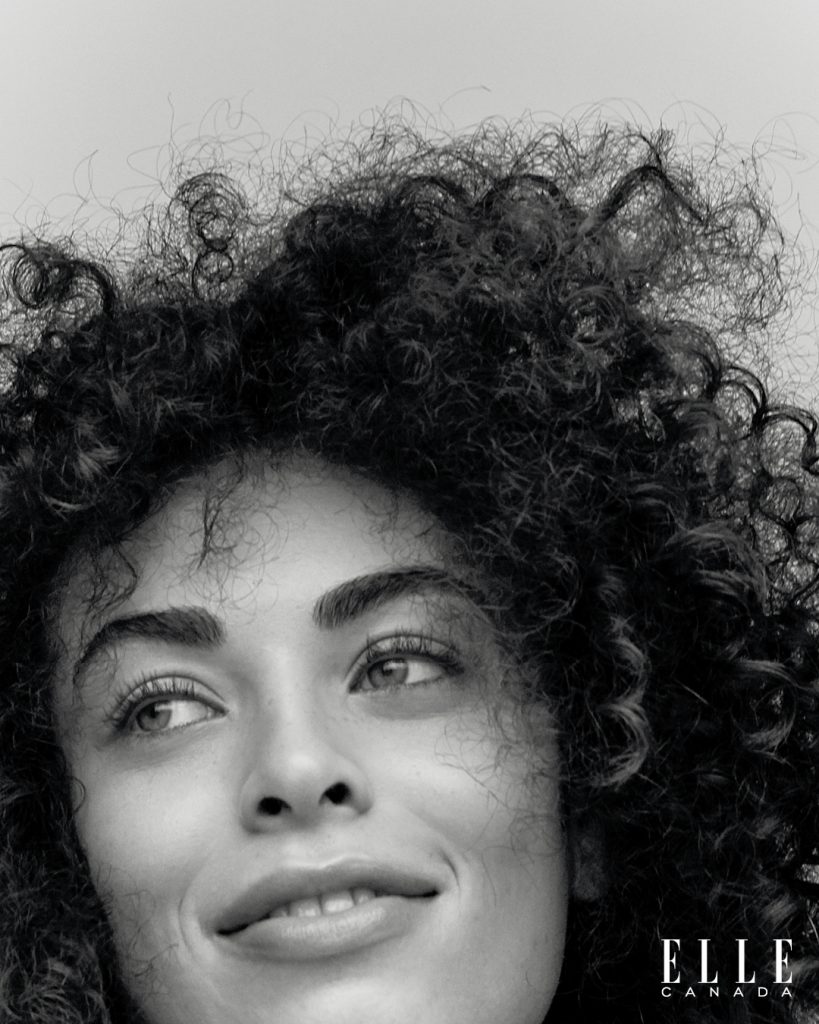 TED BELTON
TED BELTON SARAH NURSE
Sports are a family affair for this up-and-comer from Hamilton, Ont., whose cousin, aunt and uncle played for the NHL, WNBA and NFL, respectively. As a board member of and key speaker for the PWHPA who also won a silver medal at the PyeongChang Olympics, dipped a toe in the broadcasting pool over at Sportsnet and currently coaches an under-21 girls’ team, Nurse is taking over the game one realm at a time. Her goal of making it to the Olympics became crystal clear when, as a seven-year-old, she watched women’s hockey for the first time during the 2002 Salt Lake City Games. At that point, she was still on a boys’ team and thought she was the only girl who played the sport, so seeing two whole teams of women players turned the Olympics into a question of “when” rather than “if” for her. (The “when” turned out to be 2018.) Though Nurse is a rising star, the hockey world hasn’t been all roses: As a biracial person, she felt less than welcome at the rink on plenty of occasions as hers was often the only Black family there. However, it hasn’t changed her positive attitude, and she still gives plenty of herself—as do her teammates—to show young players the ropes. “We’re actually sacrificing a lot of our own development and hockey time to show them how important it is to give back to the next generation; we impart that pay-it- forward mentality,” says Nurse. This ethos has continued to hold true through the pandemic, which turned the entire sport upside down just as Nurse and her teammates were hitting their stride and ramping up for the Olympics. That setback hasn’t prevented her from keeping her skates sharp, though, and she still feels like, when it comes to her own future, the sky’s the limit.
Hanna Bunton
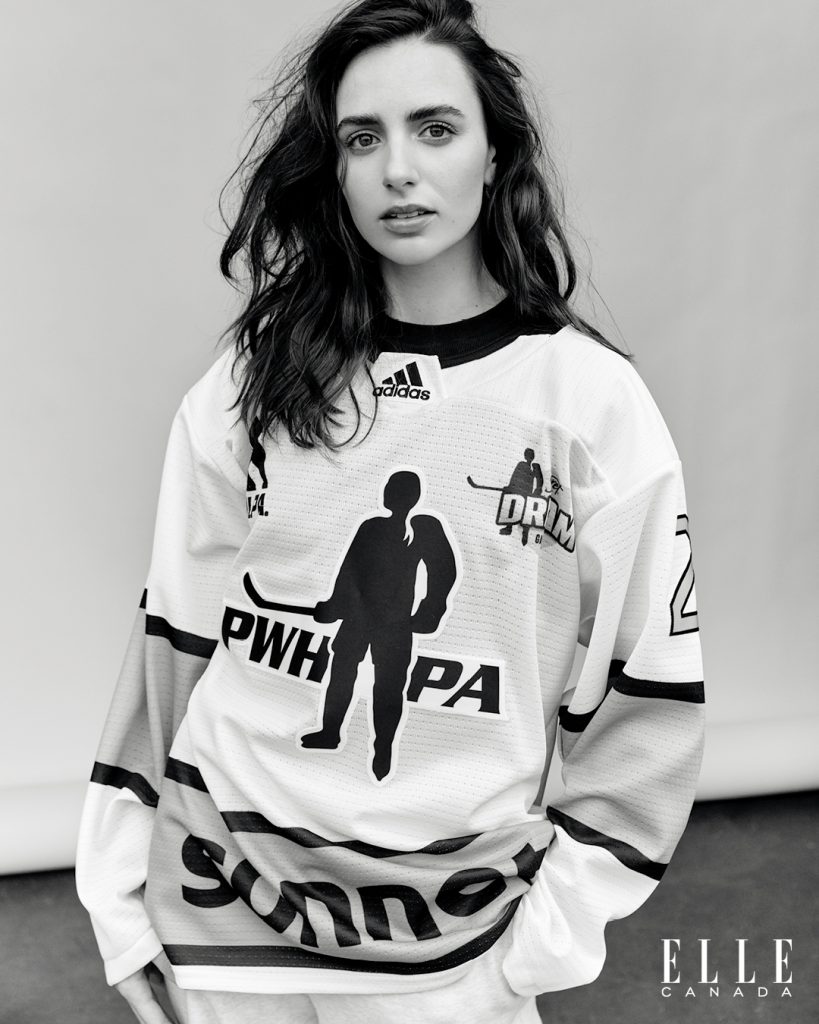 TED BELTON
TED BELTON HANNA BUNTON
Growing up in Belleville, Ont., right on Lake Ontario’s Bay of Quinte, and starting to play when she was just five years old certainly gave Bunton a home-ice advantage. However, a head start hasn’t stopped her from being exposed to the hockey world’s implicit gender biases. “Every time you do something, you’re representing all female players,” she says. “You feel this pressure to always be at your absolute best because it’s like you’re carrying the weight of female hockey on your shoulders.” But Bunton, who also coaches, has started noticing a shift in how young female players see their future in the sport and is hearing them talk about hockey as a viable career. She credits that change in perspective to increased visibility, which is partially thanks to organizations like the PWHPA. Though women’s leagues are starting to get more media coverage, there’s a long way to go as the lion’s share of airtime still goes to male teams. Bunton gets that the men might be the top players at this point, but that’s not just down to their physical strength. Funding differences between men’s and women’s teams and various important organizational details—like the men getting better rink times—make it hard to close the performance gap. “I work a nine-to-five job, and I also want to be the best hockey player I can be, but it’s really hard to do both and be the best at both,” says Bunton. Female players don’t make millions of dollars, but if there’s an upside to that fact, she says, it’s that everyone who shows up is there out of sheer passion. Sharing that enthusiasm is a big part of what pushes the women’s teams to consciously have as much impact as they can, both on the ice and while coaching from the sidelines, prepping young players to break out on their own.
Brigette Lacquette
 TED BELTON
TED BELTON Top and harness (Junya Watanabe, at The Room at Hudson's Bay) and trousers (Helmut Lang, at Nordstrom).
BRIGETTE LACQUETTE
When this Olympic player was growing up in her Metis community of Mallard, a four-hour drive north of Winnipeg, there was nothing she liked better than skating on the local outdoor rink. Lacquette begged her dad to let her play hockey alongside her male cousins, and it quickly became her escape—a way she could forget about being teased for having eczema and not fitting in at school. From the local rink, she made it all the way to Canada’s National Women’s team in 2008, becoming the organization’s first First Nations player and helping them win a gold medal at the 2013 Four Nations Cup and a silver at the 2018 PyeongChang Olympics. That journey wasn’t as smooth as ice, though, as Lacquette faced discrimination from other players when she first started in the sport. She recalls a tournament during which she got in a shoving match with an opponent who called her a racial slur. Afterwards, her father gave her a piece of advice that she has carried with her ever since. “He told me to beat them on the ice,” she says. “Be the bigger person; be the better person. Be so focused on yourself and your own success that when people say stuff like that to you, it doesn’t matter because you’re going to win in the long run.” While being called names and told to go back to her reserve was painful for Lacquette, these experiences also revved up her competitive side, giving her a laser-focused desire to win. That drive won her a scholarship to study at the University of Minnesota-Duluth, led to her joining the Canadian Women’s Hockey League and helped her make it all the way to the Olympics. This determined player has proven that the snowball effect is real, and she’s now keeping it rolling by mentoring Indigenous kids across the country.
Find the full story in the June issue of ELLE Canada — out on newsstands and on Apple News+ May 17th or read the digital issue. You can also subscribe for the latest in fashion, beauty and culture.

Photographer: Ted Belton; stylist: Nariman Janghorban; creative director: Annie Horth; Makeup: Nicolas Blanchet (Folio Montreal/Dior Beauty); hair: Kirsten Klontz (P1M.ca/Hot Tools); manicurist: Naomi Misu (P1M.ca/Tips Nail Bar); editorial producer: Estelle Gervais; coordinator: Laura Malisan; photographer's assistant: Nigel Tang; hair assistant: Anna Hans; makeup assistant: Lisa Kolmakova; styling assistant: Vanessa Popoli.
Newsletter
Join our mailing list for the latest and biggest in fashion trends, beauty, culture and celebrity.
Read Next
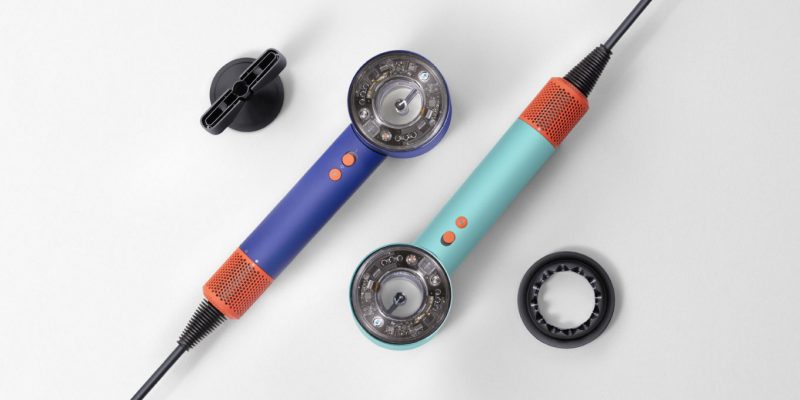
Beauty
Dyson Just Launched Its Most Intelligent Hair Dryer Yet
Get ready to upgrade your blowout game.
by : Lauren Knowles- Apr 25th, 2024

Fashion
Meredith Shaw Created a Plus-Size Summer Dress Collection That "Feels Like Candy"
The morning show host joined forces with PENN. to create a curated collection for sizes 14-32.
by : Allie Turner- Apr 25th, 2024

Culture
ELLE Escapes: Savannah
Where to go, stay, eat and drink in “the Hostess City of the South.”
by : ELLE- Apr 15th, 2024

